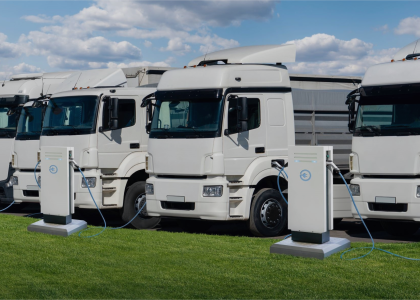Impact evaluation of industrial energy efficiency programs is a necessary activity to ensure public funds are used in a responsible manner. However, some stakeholders believe the manner in which industrial programs are currently evaluated for their impacts does not accurately reflect the reality of how customers use industrial energy efficiency programs. Others believe the metrics sought in evaluation are not meaningful and alternatives could be considered.
This report is based on interviews and surveys of program administrators, evaluators, and regulators. It discusses how industrial energy efficiency program evaluation is conducted and the types of data and metrics derived by evaluators. It discusses six issues in-depth that were of particular interest to respondents. They are:
- The development of a facility’s baseline
- The timing of evaluation activities
- The measurement of net savings and the use of net-to-gross ratios
- The measurement of free riders and their associated savings
- The measurement of spillover effect
- The measurement of non-energy benefits
Stakeholders believe many of the above components of evaluation are insufficiently or inaccurately conducted. This report explains these concerns about each issue and suggests best practices and suggested directions for improvement where available and applicable.




